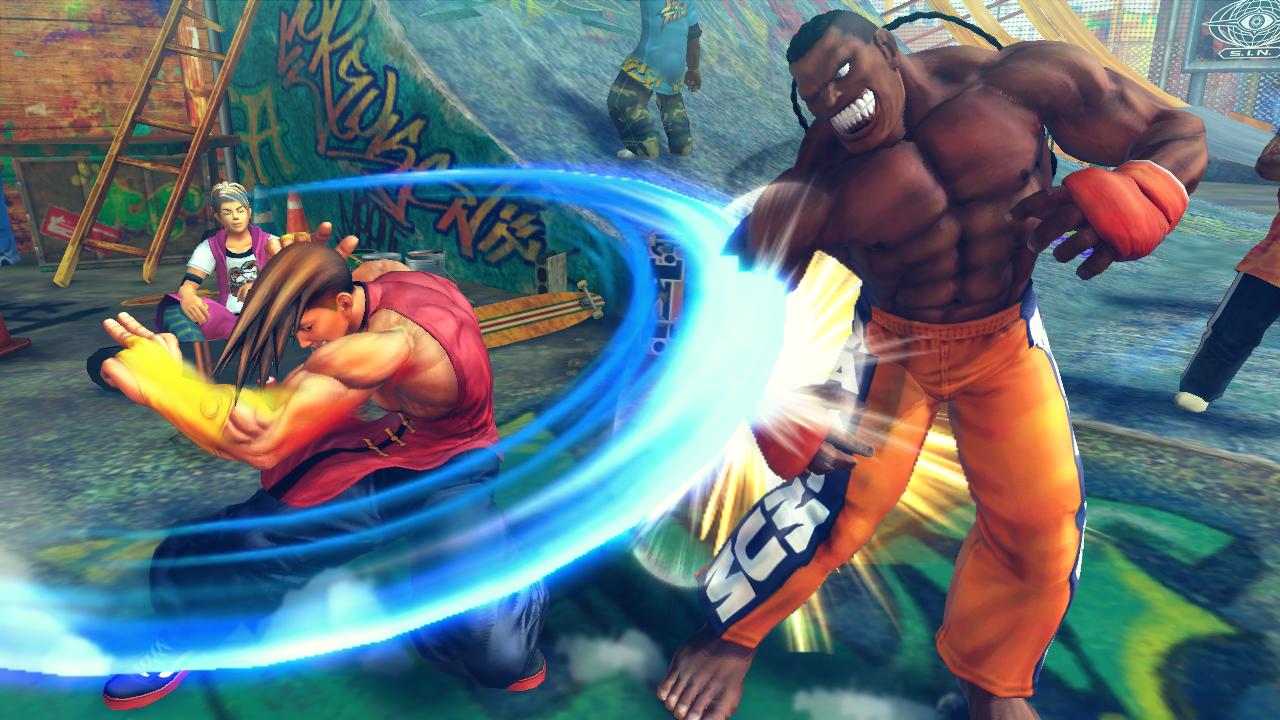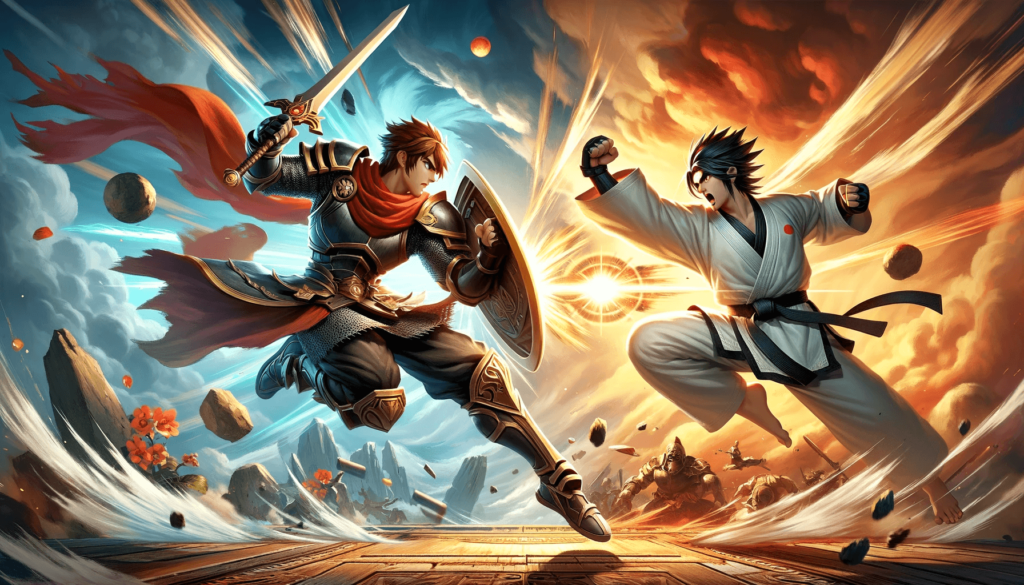Master fighter factory studio stages with this expert guide. Learn to create, edit, and enhance MUGEN stages for unforgettable fighting game experiences.
The Fighter Factory Studio Stages is a powerhouse for the MUGEN community—a platform that has kept 2D fighting games alive and evolving for decades. While characters often steal the spotlight, stages are just as crucial for the immersive experience of a custom-built fighter.
In this guide, we’ll explore what makes stage creation so vital, how to get started, where to find resources, and tips to take your designs from basic to breathtaking.
What Is Fighter Factory Studio?

Fighter Factory Studio Stages is the definitive tool for creating and editing MUGEN content. Designed for modders, this robust application supports character sprites, animations, sounds, effects, and—yes—stage creation. Developed by VirtuallTek, it’s the latest in the Fighter Factory series, with a more intuitive UI and enhanced capabilities for creators.
Whether you’re a beginner or a seasoned modder, Fighter Factory Studio is the go-to environment for modding excellence—and that includes stage development.
Understanding Fighter Factory Studio Stages
In the MUGEN ecosystem, Fighter Factory Studio Stages are more than static backgrounds. They’re environments that can interact with characters, reflect the story, and support various gameplay mechanics. A well-crafted stage can make a battle feel epic, nostalgic, or futuristic, depending on the creator’s vision.
Fighter Factory Studio stages are usually created in .def and .sff file formats. The .def file contains the stage’s configuration: camera settings, background animations, music path, and stage size. The .sff file includes sprites and visual assets like background layers or effects.
Key components of a typical MUGEN stage include:
-
Background layers (BG) with parallax effects
-
Boundaries and camera settings for screen movement
-
Music integration to enhance immersion
-
Delta and scaling for depth and movement realism
These elements combine to produce stages that can range from minimalist arenas to highly animated cinematic battlefields.
A polished stage can greatly influence the gameplay experience by maintaining visual consistency, reducing player distraction, and boosting replay value. That’s why understanding the structure and logic behind fighter factory studio stages is key to becoming a skilled modder.
How to Create or Edit Stages in Fighter Factory Studio
Creating or editing fighter factory studio stages may seem intimidating at first, but with a step-by-step approach, you can start building your dream battle environments in no time.
Step 1: Set Up Your Project
-
Open Fighter Factory Studio and create a new stage project.
-
Choose the correct MUGEN version (1.0 or 1.1 recommended for modern features).
-
Name your stage and save your project files accordingly.
Step 2: Prepare Your Visual Assets
-
Gather background images in PNG format for each layer.
-
Design your stage layout using layers for depth: sky, cityscape, ground, etc.
-
Keep sprite dimensions optimized (typically 640×480 or 1280×720 for HD).
Step 3: Configure the DEF File
-
Open or create the
.deffile in the Code Editor. -
Define the [Info], [Camera], [PlayerInfo], [Bound], and [StageInfo] sections.
-
Add background definitions using the [BGdef] and [BG] blocks.
-
Set delta values for parallax scrolling.
Step 4: Add Animations and Effects

-
Create animated elements by combining sprite groups and timing tags.
-
Include movement loops, fade-ins, or wave-like animations for water or fog.
-
Sync animations with background music if needed.
Step 5: Test and Debug
-
Use Fighter Factory’s built-in preview or test in MUGEN directly.
-
Tweak camera bounds, scaling, and stage width to ensure smooth movement.
-
Adjust the music path and verify sound sync.
Best Practices:
-
Keep layers modular for easy updates.
-
Use consistent naming conventions for files and assets.
-
Optimize for performance—don’t overload the stage with too many effects.
By following these steps, you’ll be able to produce clean, dynamic, and visually compelling stages that elevate your custom fighting game.
Top Resources for Fighter Factory Studio Stages
The MUGEN and retro fighting game communities have been sharing assets for decades. Whether you’re searching for free stage downloads, inspiration, or tutorials, the following resources are goldmines for fighter factory studio stages:
1. Mugen Archive
One of the largest repositories of MUGEN content. Browse thousands of user-created stages, including HD, anime-inspired, and original works.
Website: mugenarchive.com
2. Mugen Free For All (MFFA)
A vibrant community forum where modders share creations, give feedback, and post tutorials.
Forum: mugenfreeforall.com
3. MUGEN Dev Blog & YouTube Creators
Channels like “Electrocaid” or “Redhot Mugen” offer tutorials on stage creation, parallax effects, and animation syncing.
4. Discord & Reddit Communities
Join MUGEN Discord servers or subreddits like r/Mugen for real-time support, critiques, and project collaboration.
5. Stage Specific Creators
Look for stage designers like EXShadow, Vegaz_Parrelli, or Dissidia who are known for producing high-quality custom fighting game stages.
Bookmark these resources to fuel your creativity and connect with like-minded stage artists.
Pro Tips for Better Stage Design

Fighter Factory Studio Stages once you’ve got the basics down, it’s time to elevate your stage design. These pro tips can turn a good stage into a masterpiece:
1. Use Multi-Layer Parallax
Stack 3–5 background layers with varying delta values for rich visual depth. A sky layer with slow scroll, cityscape with moderate scroll, and a fast-moving ground layer creates realistic movement.
2. Sync Music with Action
Choose a background track that fits the mood of the fight. Use MUGEN’s timing functions to trigger light effects or animations in sync with beats or climaxes in the song.
3. Incorporate Dynamic Lighting
Simulate sunlight, flickering neon, or moonlight by adjusting color blending and using semi-transparent overlays.
4. Balance Detail and Performance
Don’t overload your stage with too many animated sprites. High-resolution images should be compressed to reduce lag.
5. Add Interactive Elements
Include subtle touches like flying birds, passing trains, or falling leaves. These improve immersion without distracting players.
6. Design for Competitive Play
Avoid distracting foreground objects. Keep the stage layout neutral to prevent competitive imbalance.
With these techniques, your fighter factory studio stages will not only look stunning but play smoothly across devices.
Conclusion

Creating custom stages in Fighter Factory Studio Stages is both an art and a science. Whether you’re breathing life into classic arcade nostalgia or crafting futuristic battlegrounds, stages shape the tone of every fight.
Armed with tools, resources, and pro tips, you’re ready to push the boundaries of what a MUGEN stage can be. Dive into stage design, experiment boldly, and don’t forget to share your creations with the community.
Your next masterpiece is only a few sprite layers away.
FAQs
Q1: Can I import stages from other MUGEN games into Fighter Factory Studio?
Yes, you can import .def and .sff files from existing stages, but you may need to edit paths, formats, and camera settings to match your version.
Q2: What resolution should I use for HD stages?
For MUGEN 1.1, the standard HD resolution is 1280×720 or 1920×1080. Make sure to adjust camera bounds and scaling appropriately.
Q3: Are there any free tools besides Fighter Factory Studio for stage editing?
While Fighter Factory Studio is the most robust, some modders also use SpriteMaster for asset prep and Audacity for music syncing.
